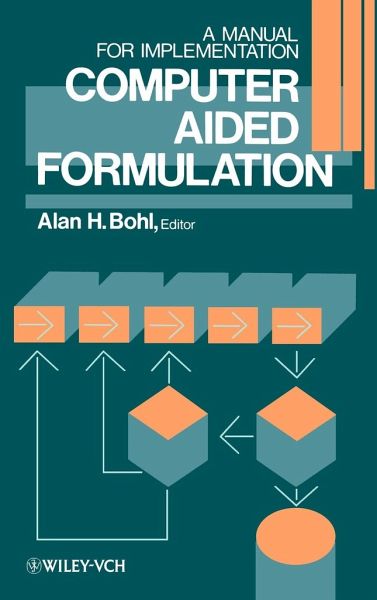
Computer Aided Formulation
A Manual for Implementation
Ed. Alan H. Bohl
Versandkostenfrei!
Versandfertig in 2-4 Wochen
243,99 €
inkl. MwSt.

PAYBACK Punkte
122 °P sammeln!
This book offers a unique approach to solving formulation problems: It combines techniques of operations researching decision science and statistics.A useful manual, the book identifys key issues, designs efficient experiments, and develops math models to resolve conflicting objectives. Specific solved examples illustrate the efficiency of these methods and the power of computer aided formulation.
Formulation chemists and engineers, along with their research managers, have long known the difficult nature of formulation problems. This book is a manual to help them to identify key issues, design efficient experiments, and develop math models to resolve conflicting objectives. Specific solved examples, co-authored by chemists, show how well these methods work on industrial-strength problems and document the power and efficiency of computer aided formulation.
This book is the first one to combine techniques of operations researching decision science, and statistics to solve formulation problems. Readers will appreciate its chapters on experimental design, which are easy to read and enjoyable.
This book is the first one to combine techniques of operations researching decision science, and statistics to solve formulation problems. Readers will appreciate its chapters on experimental design, which are easy to read and enjoyable.




